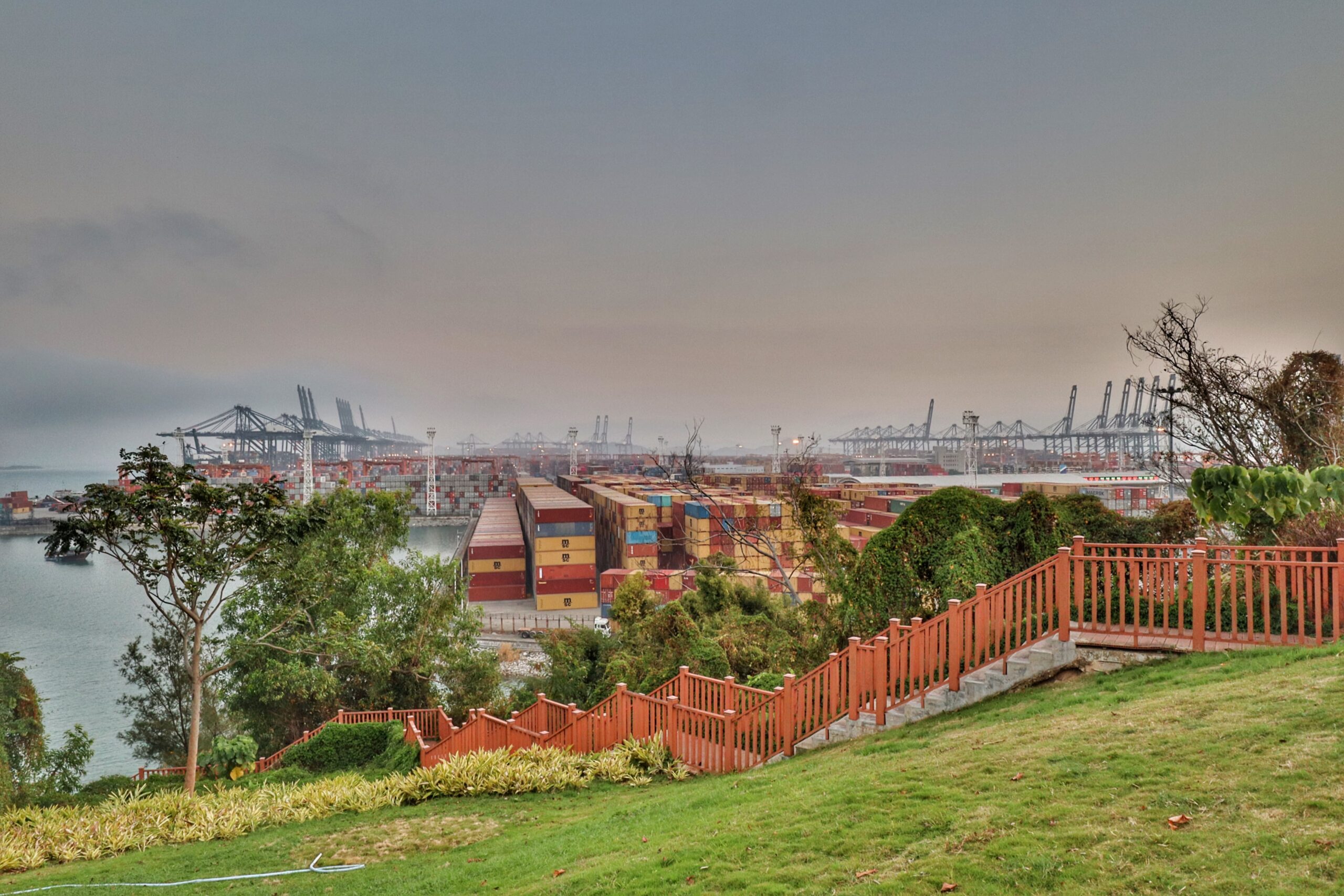Authors: Emma Pagliarusco, Gemma Ellis, Rosi-Selam Reusing
In its recent Fit for 55 (FF55) policy package, the European Commission proposed the introduction of greenhouse gas (GHG) emissions coming from the shipping sector in the Emission Trading System (ETS). However, it may not be plain sailing towards net zero shipping when considering the staggered implementation, the problem of third countries, and the funds needed for new research and training.
This new regulation will oblige shipping companies to buy allowances for their CO2 emissions and to phase out the use of non-renewable fuels. However, we are not convinced this legislation matches the urgency of the climate emergency. Furthermore, questions remain about whether the correct actors are being charged for emissions, whether there is enough regulation on alternative fuels, and whether the commission is fully prepared for the necessary research and training needed to make the transition a success.
Before diving into our concerns about its implementation, check out our previous article, which presents the proposal.
Rocking the boat?
Remember the example of Jenny from Antwerp ordering a Bluetooth speaker from Qingdao? With the new regulation, in 2026, Maersk would only have to purchase allowances for 50% on each leg of the European journey. The rate is 50% and not 100% because Maersk stops by countries outside of the EU. Wasteful journeys, like the back-and-forth travel from England to Europe, may be cut down by the ETS. However, it may encourage more stops at nearby third countries (e.g., the UK) because paying 50% on emissions can be more attractive than paying 100%. Although the UK has its own ETS, it does not yet include the shipping sector. Therefore, Generation Climate Europe (GCE) believes there needs to be legislation which addresses this issue with third countries.
GCE is also concerned that the staggered timeline for implementation of both ETS and FuelEU is not quick enough for the action required. We agree with Transport and Environment (T&E)’s warning that FuelEU risks becoming a “climate disaster” by solely focussing on the carbon intensity of fuels and not providing strict guidelines for which fuels to be used. This is also in line with other environmental groups who echo the concern that environmentally-harmful fossil fuels, biofuels, and liquified natural gas, are currently the cheapest compliance options. Without an explicit ban, price-sensitive ship owners will be encouraged to invest in them.
Who fills the tank?
Furthermore, GCE wants to stress that the success of the ETS and FuelEU relies on receiving enough funds to pay for necessary research into renewable fuels, to help those in need if fuel costs rise, and to train new maritime workers. A related suggestion was made by the European Community Shipowners’ Association (ESCSA) in which they proposed a dedicated fund be created to stabilise carbon prices and that revenues generated therefrom be reinvested into the sector’s energy transition. The sectoral energy transition is important for a number of maritime stakeholders, as ESCSA also raised concerns about the policies shifting the entire responsibility to shipping companies and excluding commercial operators and fuel producers from any cost.
The Commission claims that the new training will increase the competitiveness of European employees and inspire more young people to join a maritime career. However, again, this relies on funding and employers to invest in training, while there is already a shortage of skilled workers.
Still, in a positive sense, FuelEU could become a global example of EU leadership and contribute to international solutions and negotiation material with the International Maritime Organisation. Certain maritime stakeholders, such as Maersk, have also welcomed the proposal, whilst some have pointed to its gaps and long term issues likely to arise from it. Notably, the International Chamber of Shipping (ICS), expressed concerns over the “diplomatic overreach [… of a] tax on trade” by the EU, which is not likely to sit well with its international trading partners and non-EU shipping companies. The European Sea Ports Organisation (ESPO) also recognises the policy as an “important first step” towards FF55 but notes there is room for improvement.
Sink or Swim?
The inclusion of the maritime transport sector’s GHG emissions in the ETS would represent a huge step towards achieving EU climate targets and provides an exemplary case of the EU owning up to its historical responsibility to act on its emissions, to the international arena. There are, however, some concerns regarding its adoption, considering the multiple interests involved. Despite this, GCE thinks that adopting the proposal of the Commission is necessary in order to begin addressing rising emissions from the shipping sector, climate change, and its impacts on the environment and humans.
Check out our position paper for more on what is necessary in the transport sector to tackle the climate emergency.

